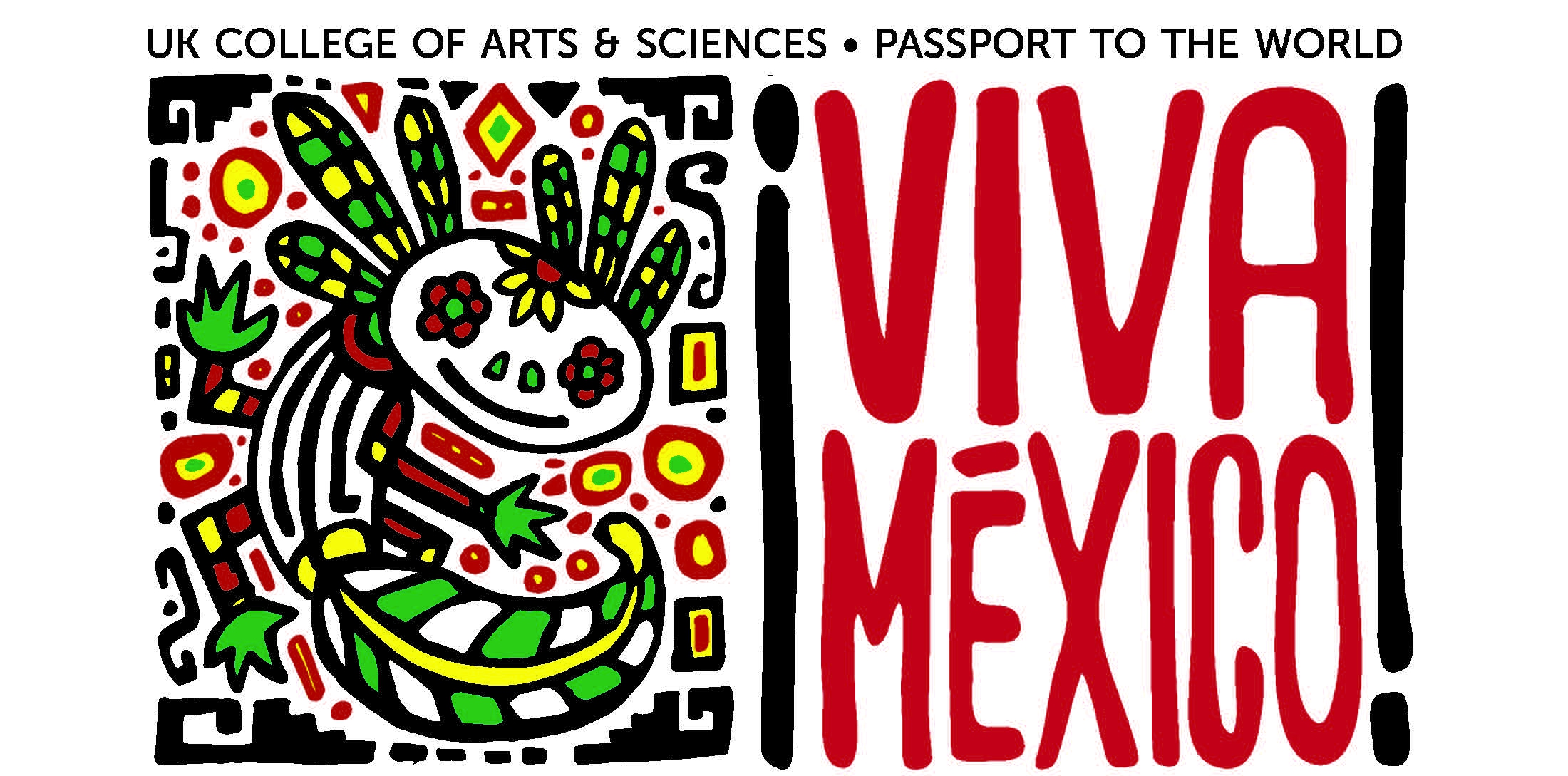Preview

Description
This cosmogram from the Madrid Codex provides a Maya vision of the quadripartite cosmos, similar to that on page 1 of the Aztec Codex Fejérváry-Mayer. At the center two creator deities sit to either side of the central world axis. They are encircled by glyphs for the 20 day names in the 260-day sacred almanac, called the tzolkin by Maya scholars. At the four cardinal directions paired deities make offerings. Between the offering scenes footprints move toward the center. Recent scholarship suggests this cosmogram incorporates the 365-day haab cycle as well as the tzolkin, and that it may represent the 52 years of the Calendar Round.
Scholars debate both the age and place of origin for the Madrid Codex; some believe it was produced in the sixteenth century in the Itzá Maya town of Tayasal in northern Guatemala, while others argue for it having been produced in the northern Yucatán peninsula of Mexico in the fourteenth century or the late fifteenth to early sixteenth centuries.
References:
Vail, Gabrielle (2006) The Maya Codices. Annual Review of Anthropology. Vol. 35, pp. 497-519.
Paxton, M. (2001) The Cosmos of the Yucatec Maya: Cycles and Steps from the Madrid Codex. University of New Mexico Press, Albuquerque.
Curation Date
9-2013
Photo Source
Special Collections, University of Kentucky Libraries
Creative Commons License

This work is licensed under a Creative Commons Attribution-Noncommercial-No Derivative Works 3.0 License.

